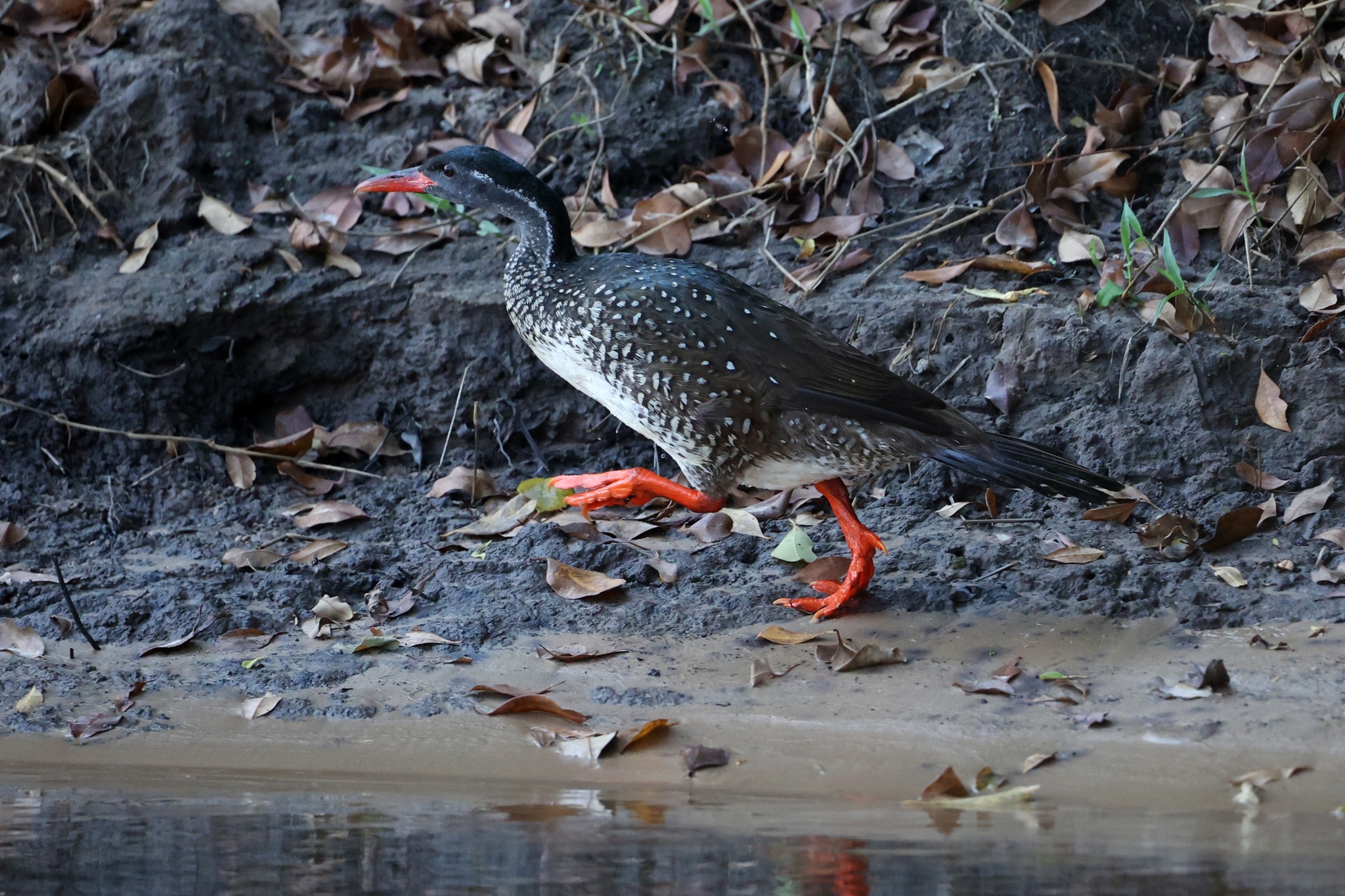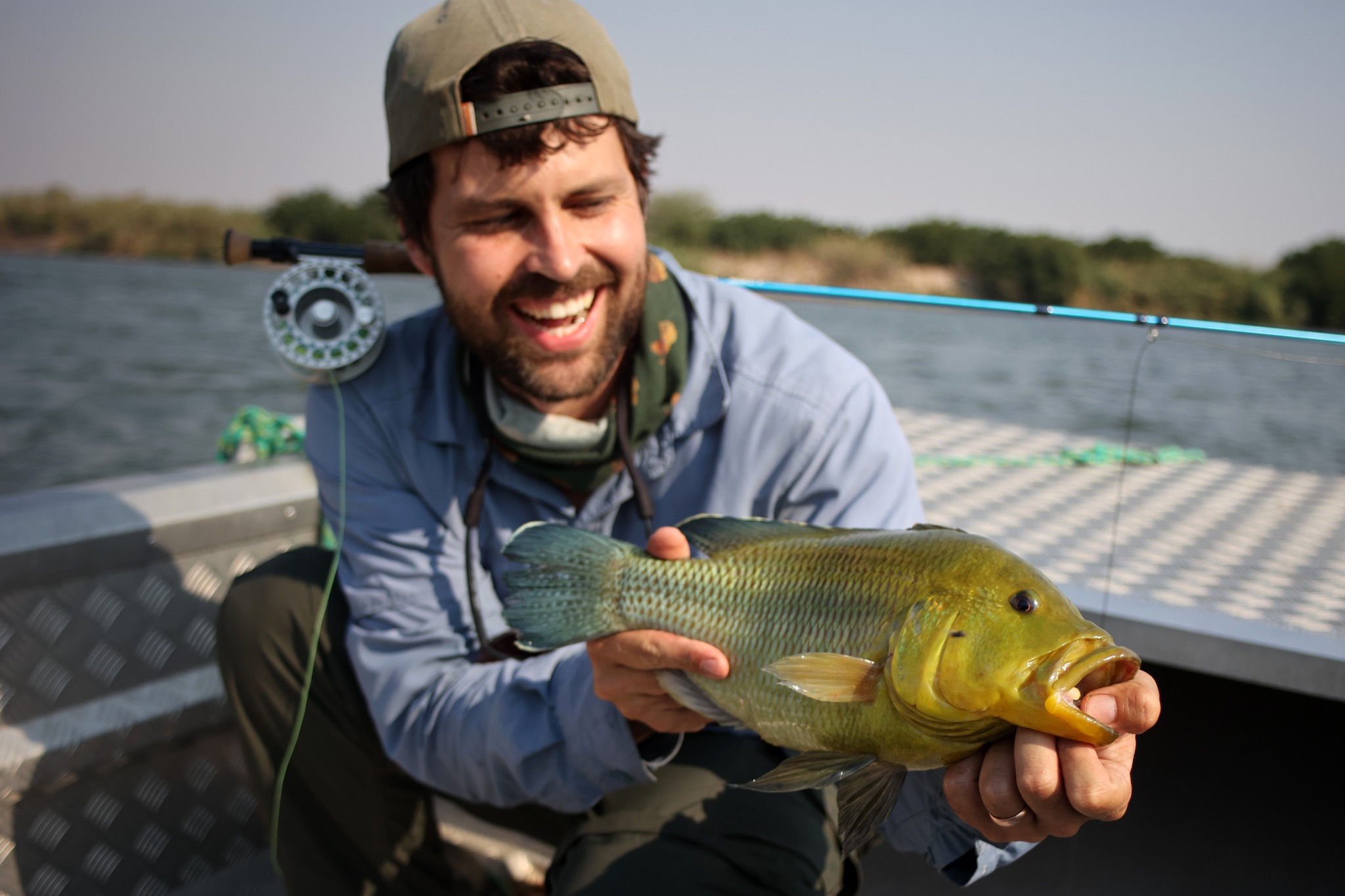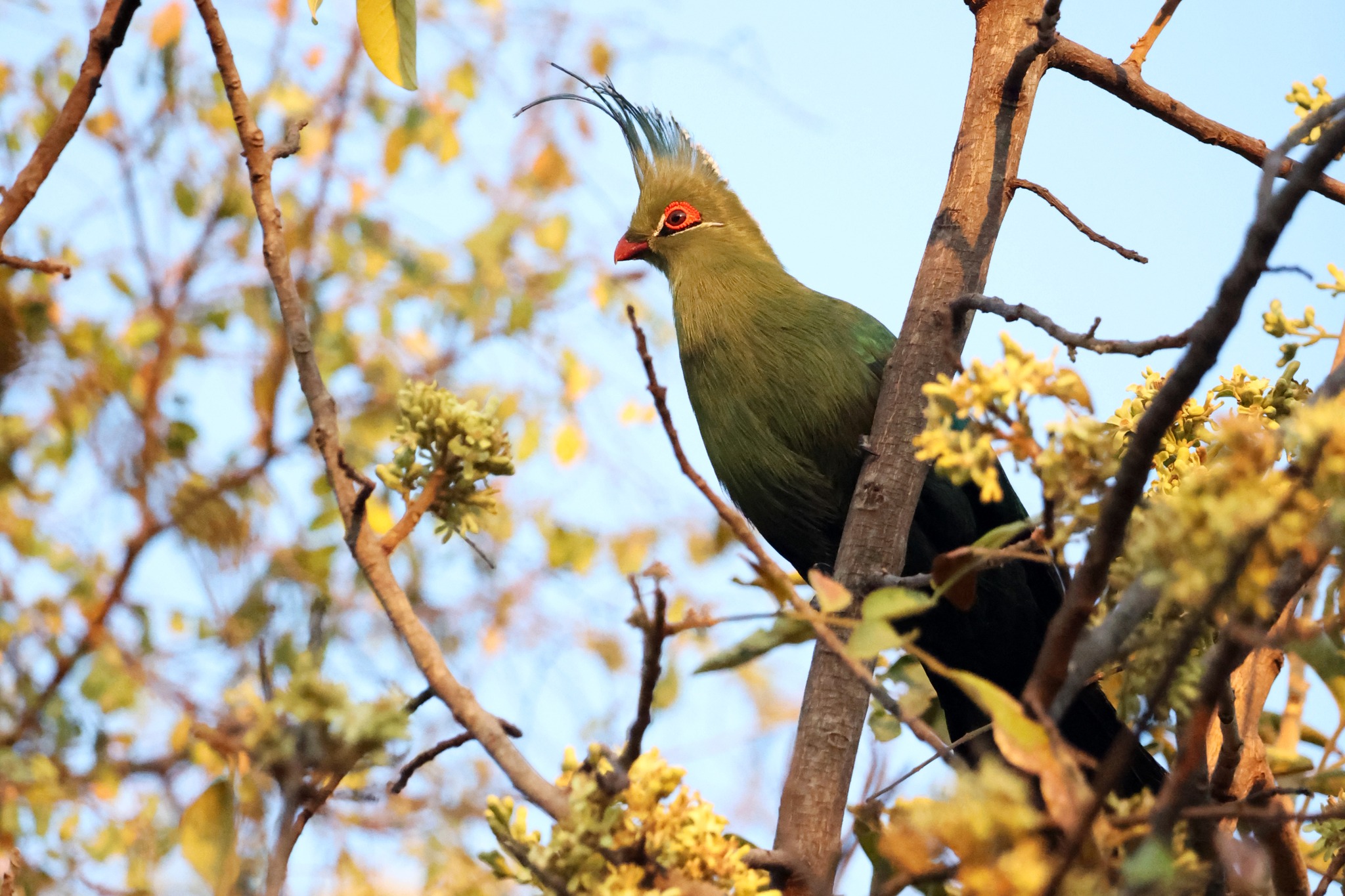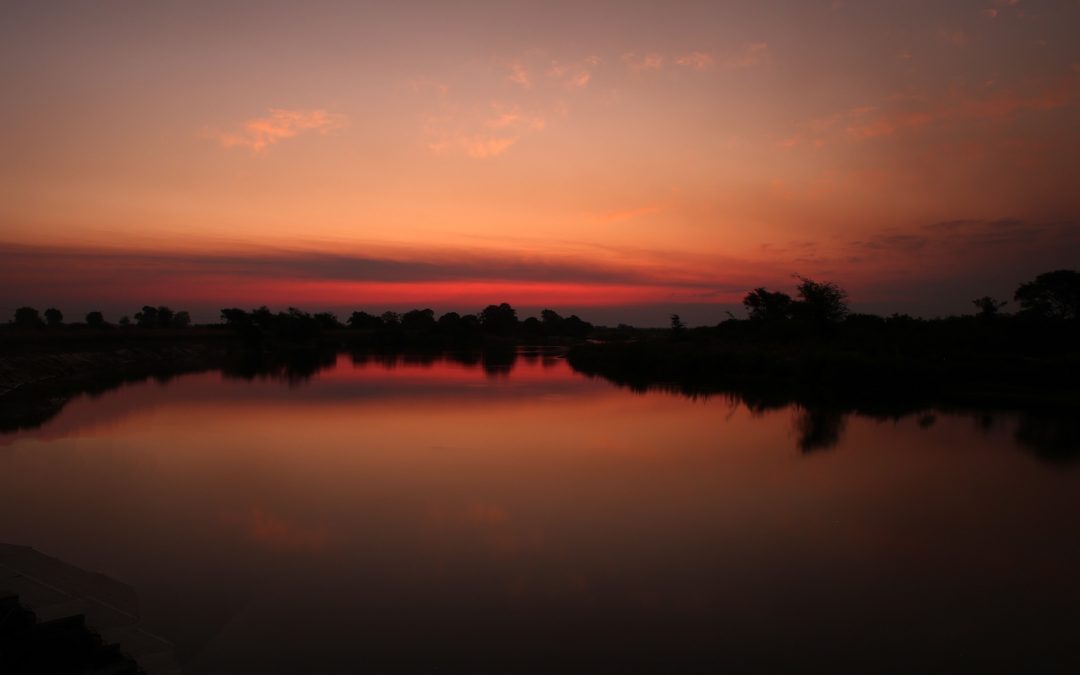The Caprivi strip is known these days as the Zambezi region, following its less-than-stable political history. We explored the North-eastern sliver of Namibia for two weeks as our first stop in this wonderful country. Working our way from the Mohembo border post towards Katima Mulilo, we were spoiled for choice of under-the-radar places and reserves. So, we did what any sensible adventurer suffering from FOMO would, and went to all of them. Here is a selection of our favourites.
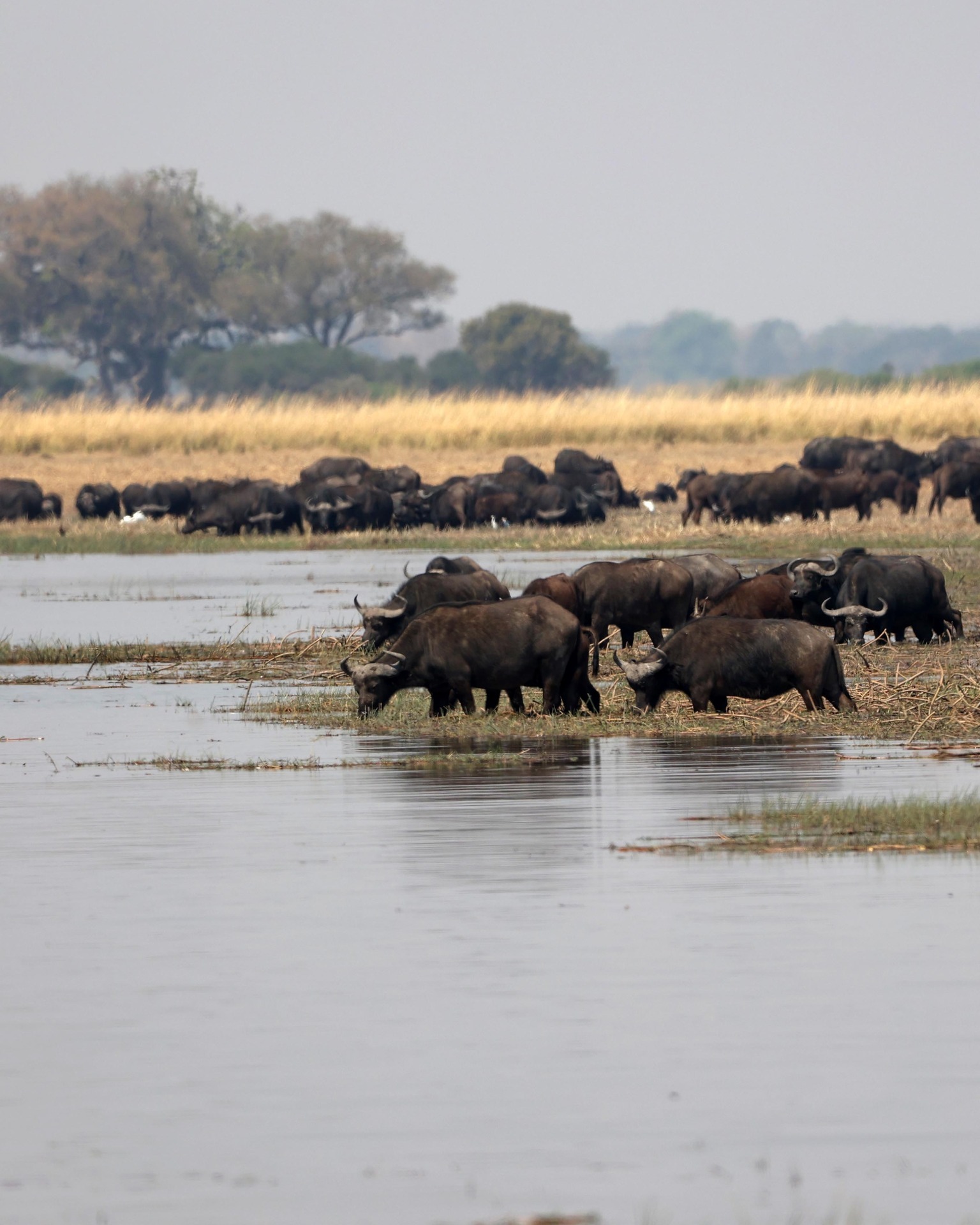
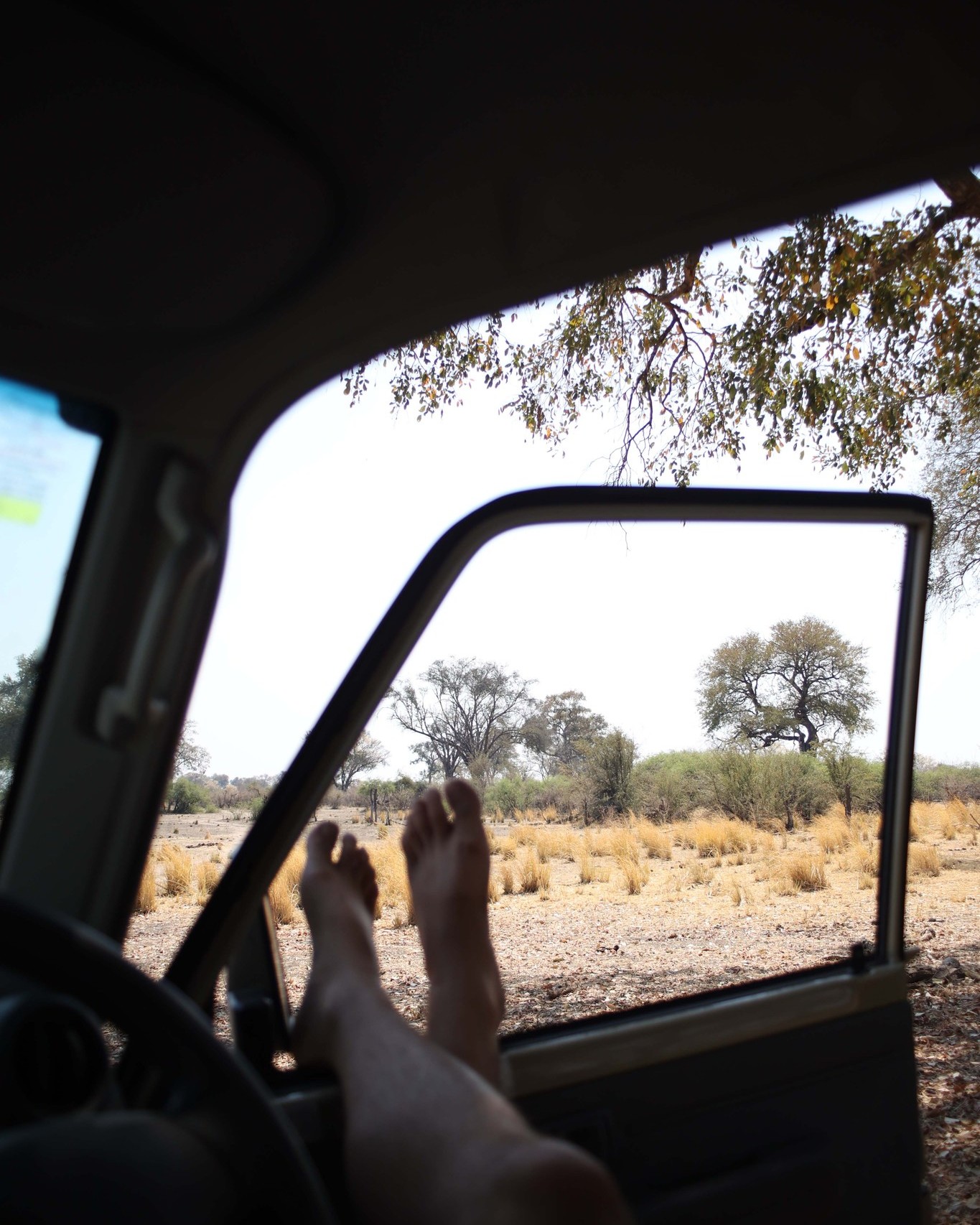
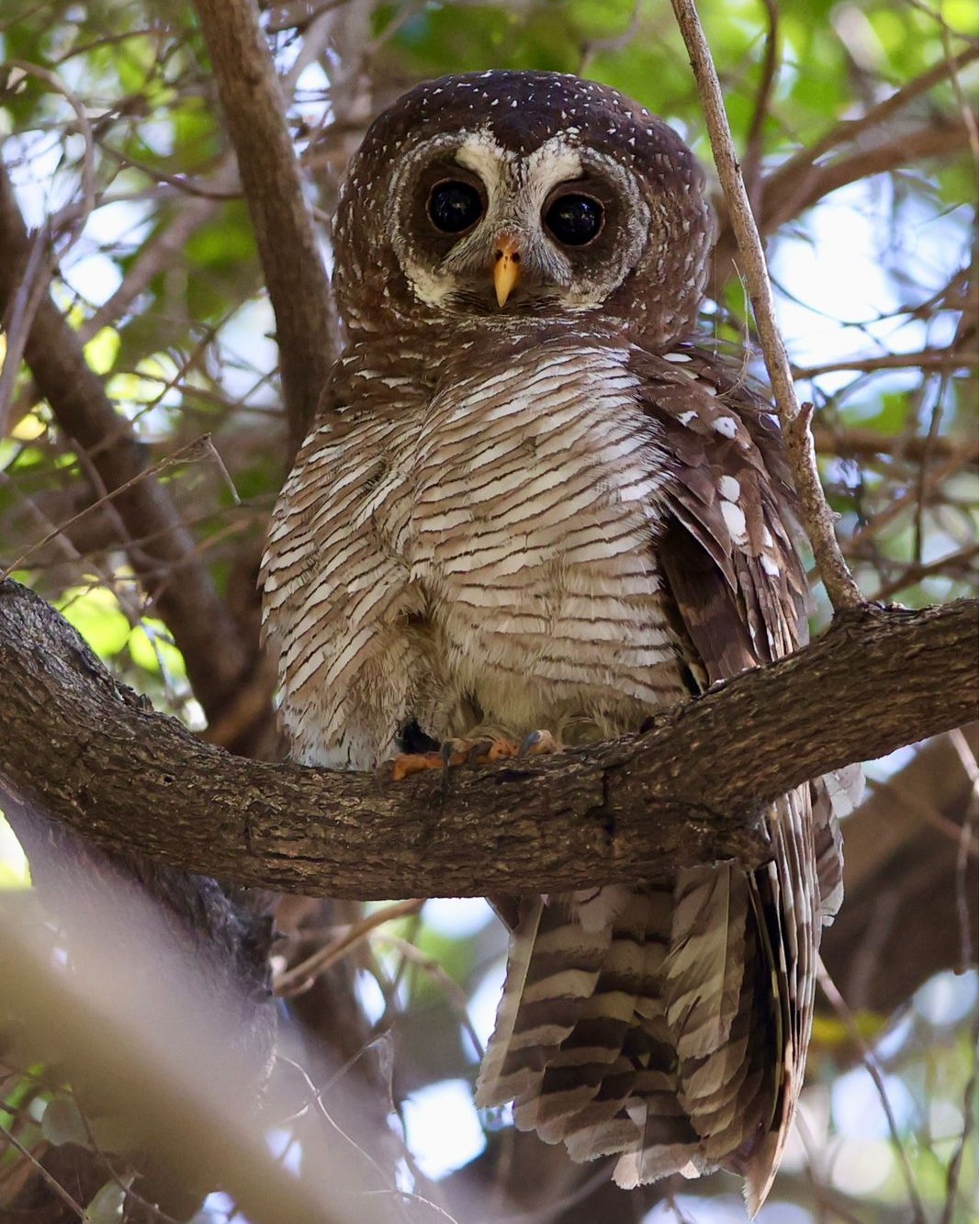
Bwabwata National Park
This massive park is in fact a relatively recent consolidation of two smaller parks into a large animal corridor between Angola, Namibia and Botswana. The Buffalo Core area is situated along the Kavango river and gets few visitors as there are no rest camps inside this section. We drove along the river for an entire day without seeing more than one other vehicle – we are not in Kansas (Chobe) anymore Dorothy! No one knows why though, because this place is amazing. Massive herds of buffalo swimming through the river, breeding herds of elephant, scarce sable and roan antelope and large herds of red lechwe were only some of the animal highlights. We even (almost literally) stumbled over a pride of six lions in the reeds who were just as surprised to see us. The section also includes the eery remnants of the Buffalo base of the infamous 32 Battalion. At night we heard the ghost-like Pel’s fishing owls calls from the old army cemetery. Or at least, we hope they were owls..
On the Eastern boundary of the park is the Kwando Core area, situated along the Kwando river where the remnants of Fort Doppies stand. Here we stayed at Nambwa, the only campsite in the park. The sandy roads here are tough to navigate, but the scenery and sightings more than make up for it. We could not believe our eyes as we came around the corner heading towards the famous Horseshoe Bend and were welcomed by a horizon filled with elephants. We camped under a huge flowering sausage tree where the rare copper sunbirds darted throughout the day and the resident hippo bull snorted and bellowed each evening.
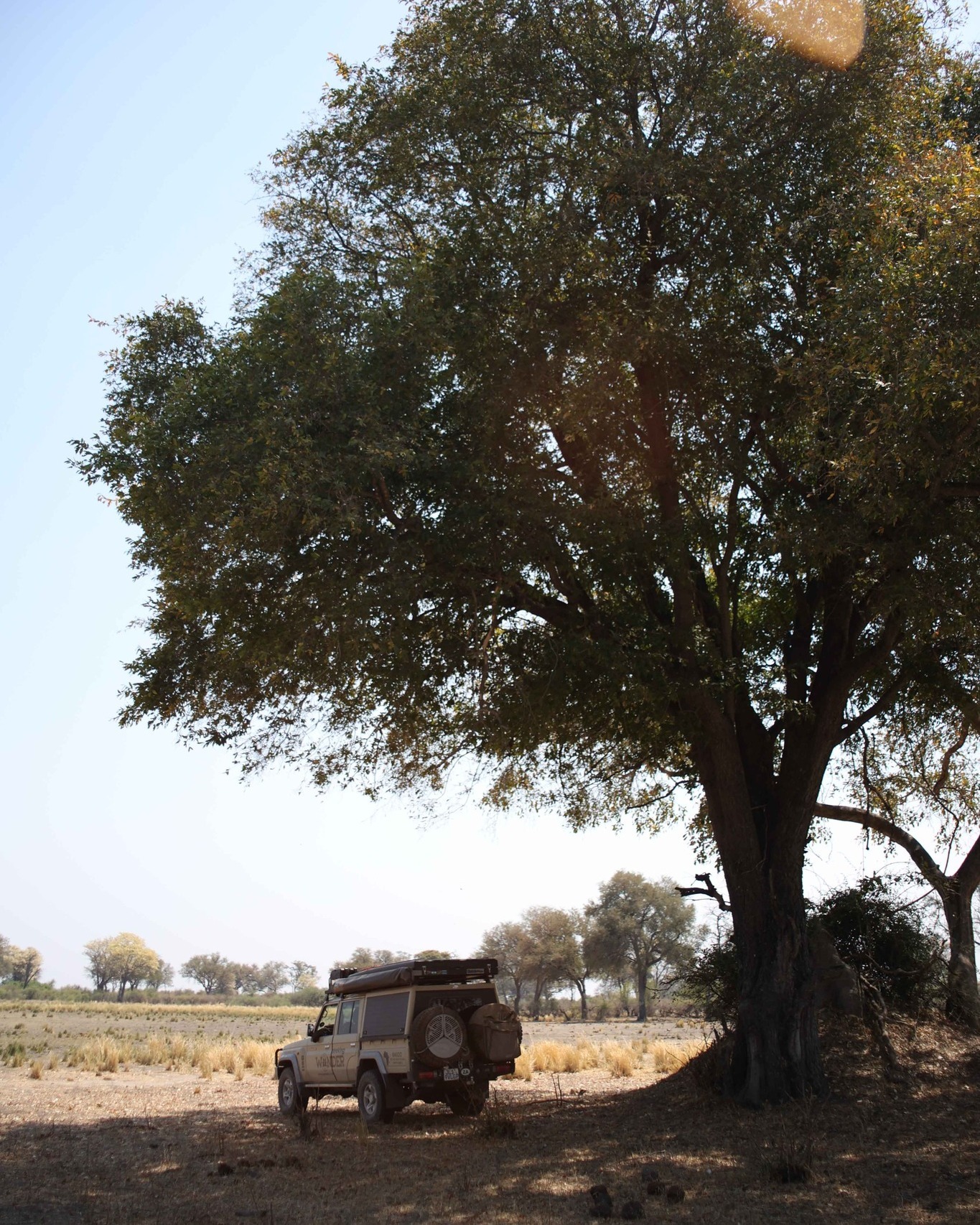
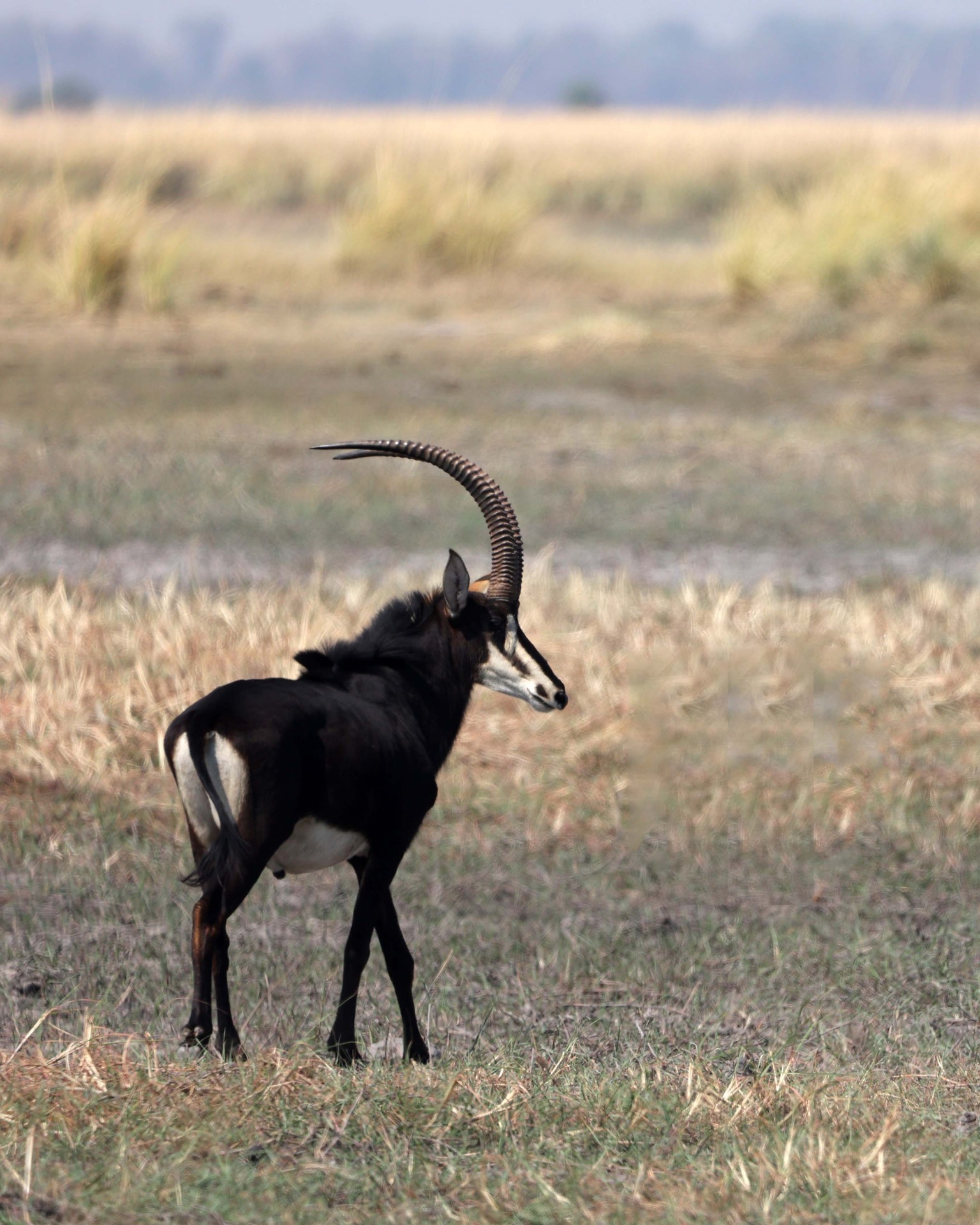
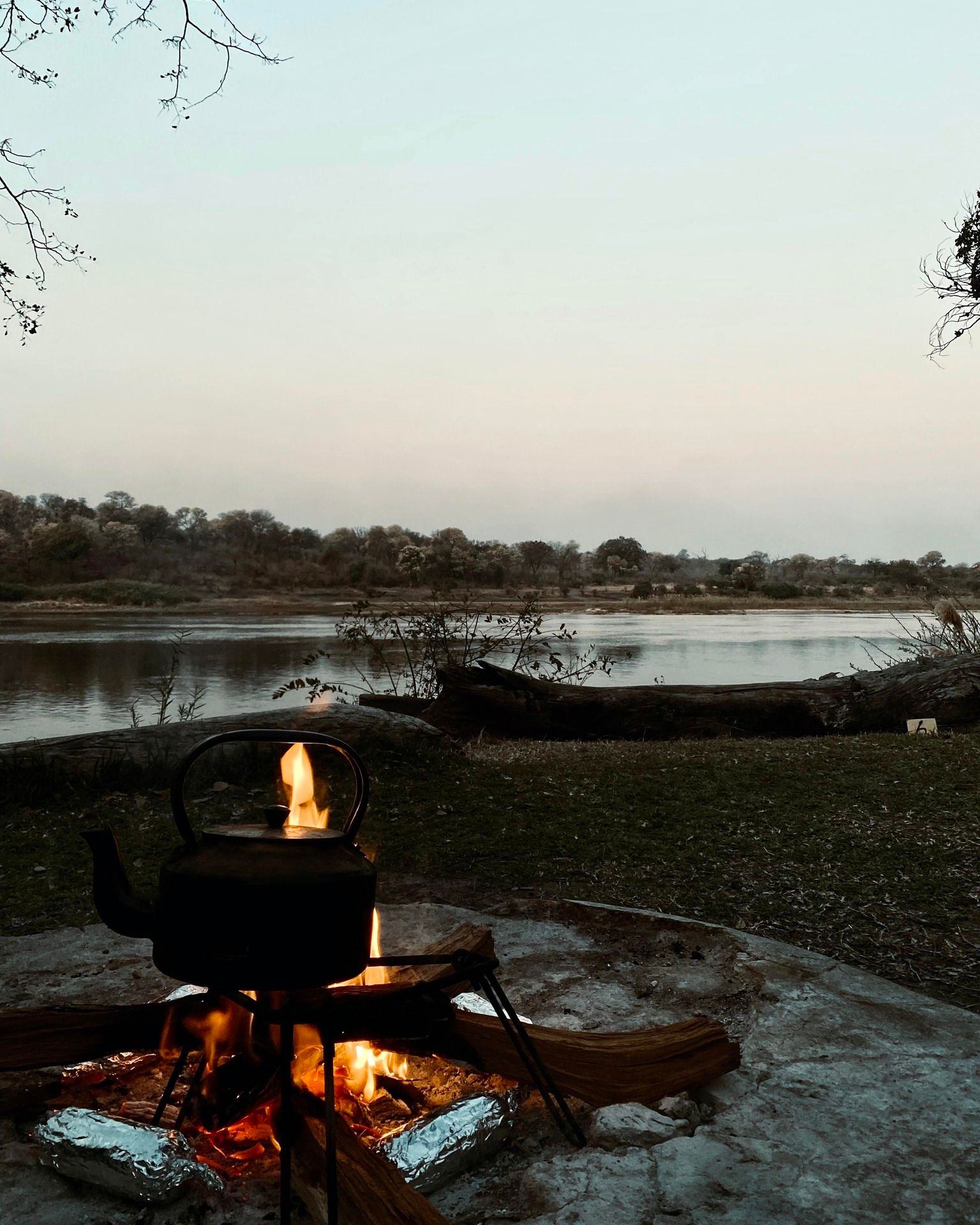
Mudumo National Park
On the Eastern bank of the Kwando river lies Mudumo, a wonderful park that sadly sees very little visitors other than on the through-road. A network of little sandy roads lines the river, and it is here where we saw the biggest crocs ever, colonies of Southern carmine bee-eaters nesting in the bank, curious towers of giraffe and the most glorious golden sunset over the river while devouring a packet of Doritos on Baloo’s bonnet. Some of the roads require Dakar-rally antics, but again, the reward is worth it. We had the entire park to ourselves for a day, something you cannot say of many places.
We camped at Mavunje, operated by widely recommended guide Dan Stephens. It takes a special character to build and run a camp and boating operation in this part of the world, and Dan is exactly that. Not only will he entertain you with his bone-dry British sense of humour, but his boating trips on the Kwando are fantastic. Gliding through the clear and shallow waters of this small river system, we finally saw our first Sitatunga, a very shy water-based antelope. We had countless hippo encounters, found nesting collared pratincoles, watched herds of drinking elephants up close, fooled a few tigerfish with our flies and made the best lunchtime braai on an island (including braaibroodjies with Mrs Balls no less!). You know you will be back when you get off the boat at dusk and find your campfire already crackling.

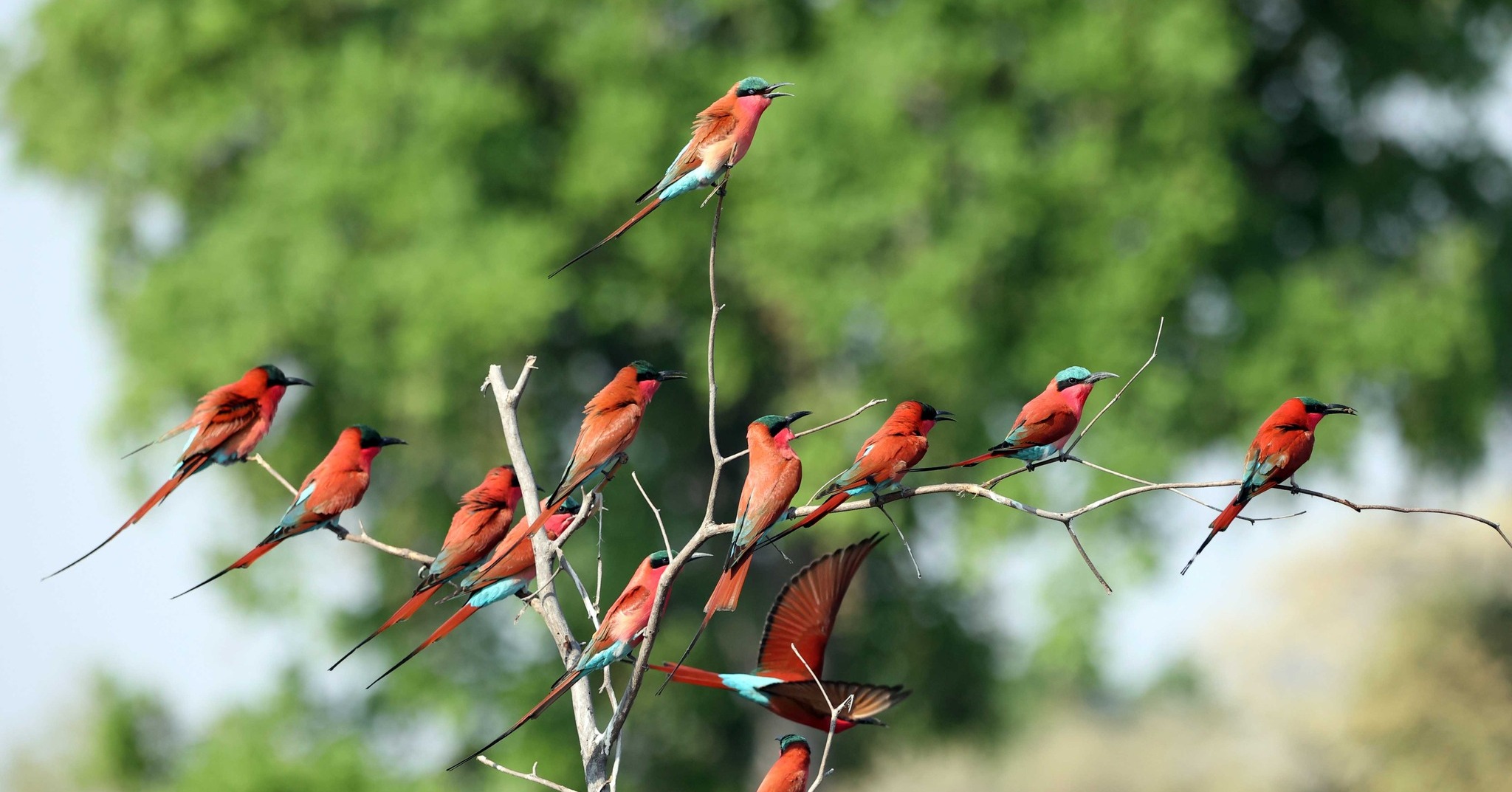
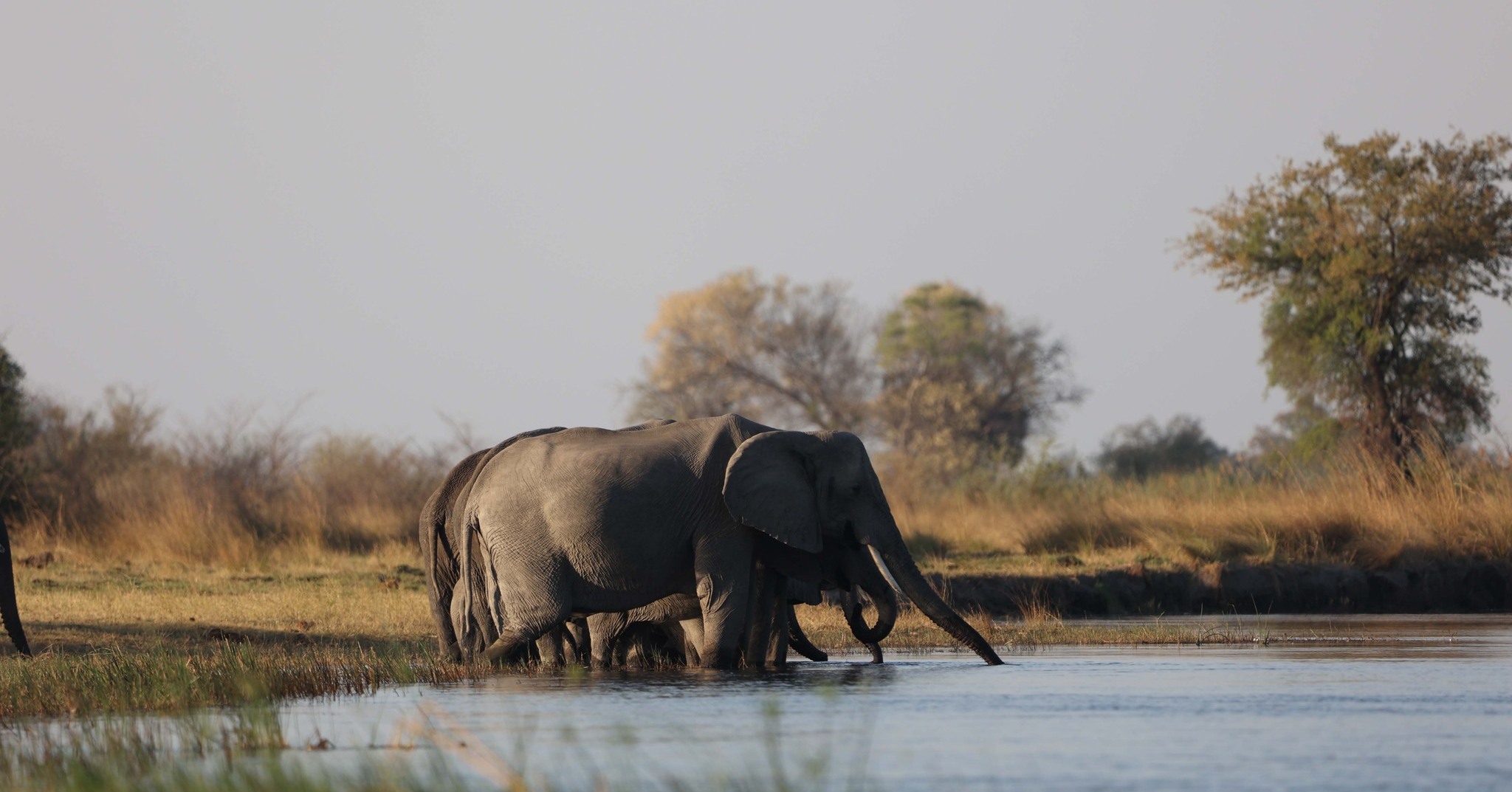
Nkasa Rupara National Park
This wonderful wetland park can be described as the lesser-known Okavango of Namibia. Surrounded by the Linyanti swamps and fed by the Kwando river that floods a few months later than its more well-known big brother, the park is often mostly under water. We explored the two main islands of this distinctly un-touristy wonderland, drove through beautiful leadwood forests, found rare birds like the slaty egret and enjoyed throngs of elephants and buffalo enjoying the recently swamped channels. Also, the most warthogs we have ever seen in a single day live here.
We stayed at Livingstone’s Camp just outside the official park boundary and declared this our favourite camp of our trip so far. Maybe it had something to do with the trio of lions coming to visit camp and roaring next to our tent at 4am or the African Barred Owlet nestled in the tree above us. Apart from our unforgettable camp visitors, these campsites are located on the banks of the Linyanti swamp. With your own private bush kitchen, bathroom and braai with a grand view, what more do you need in this life?
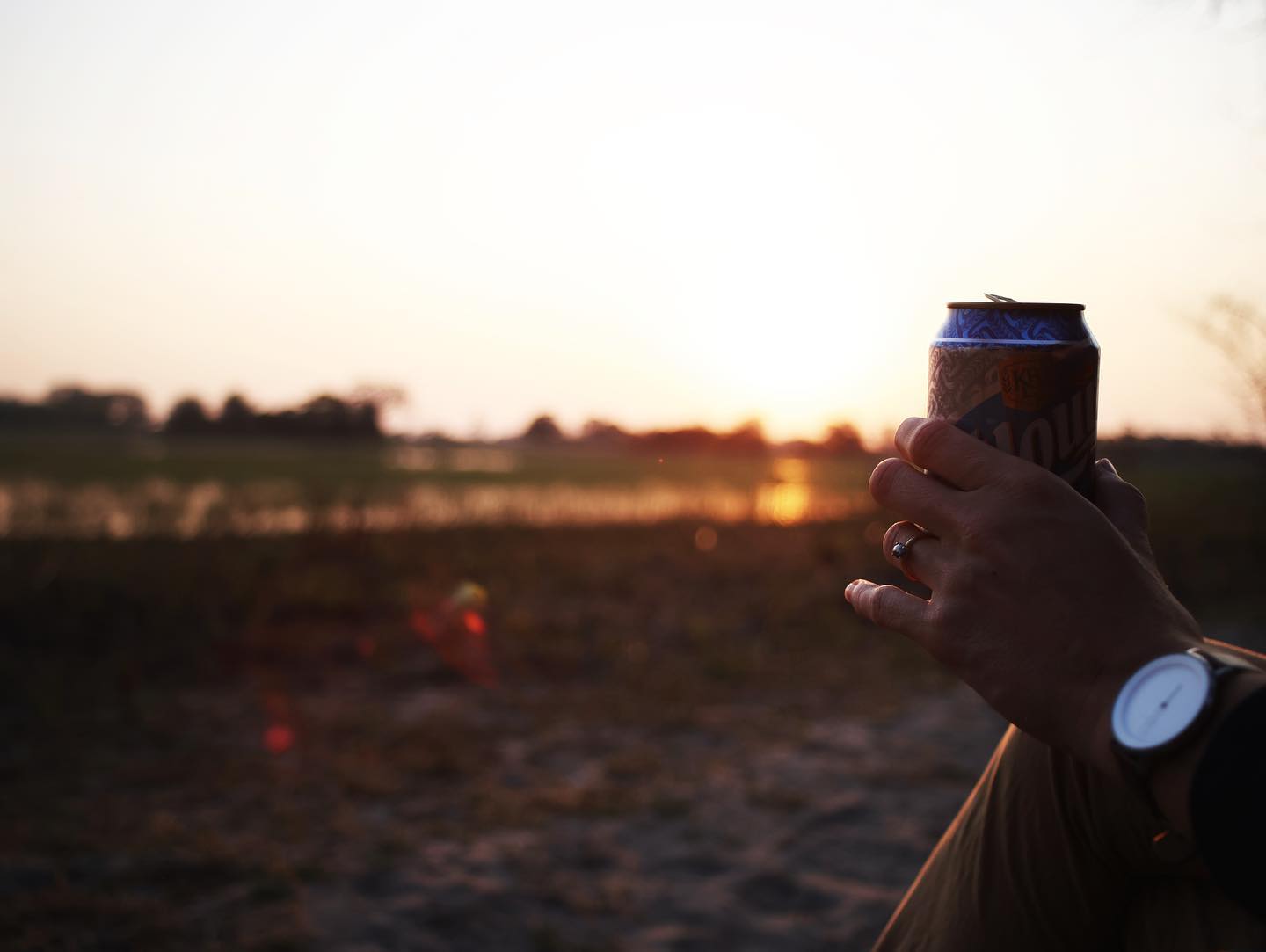
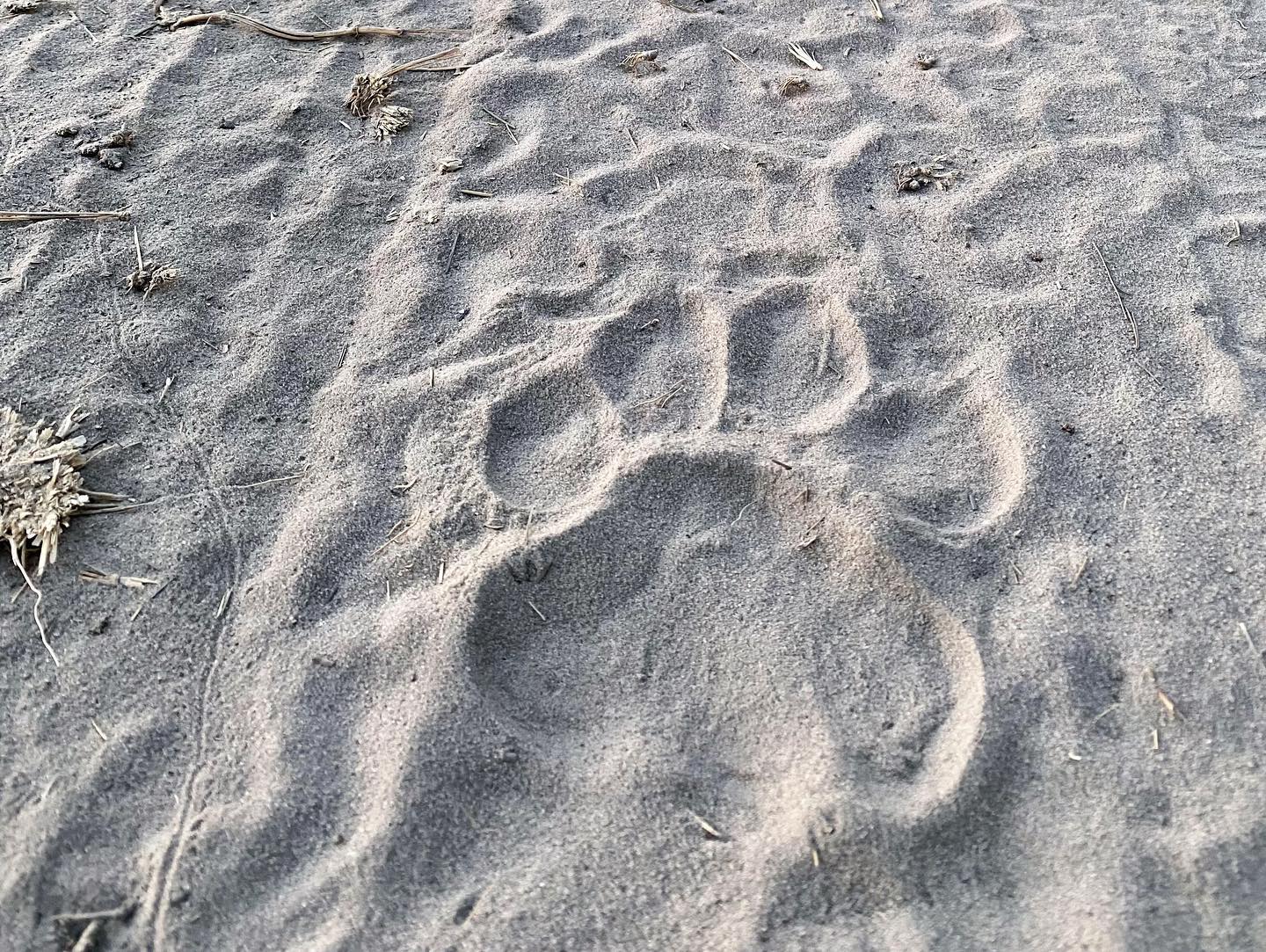
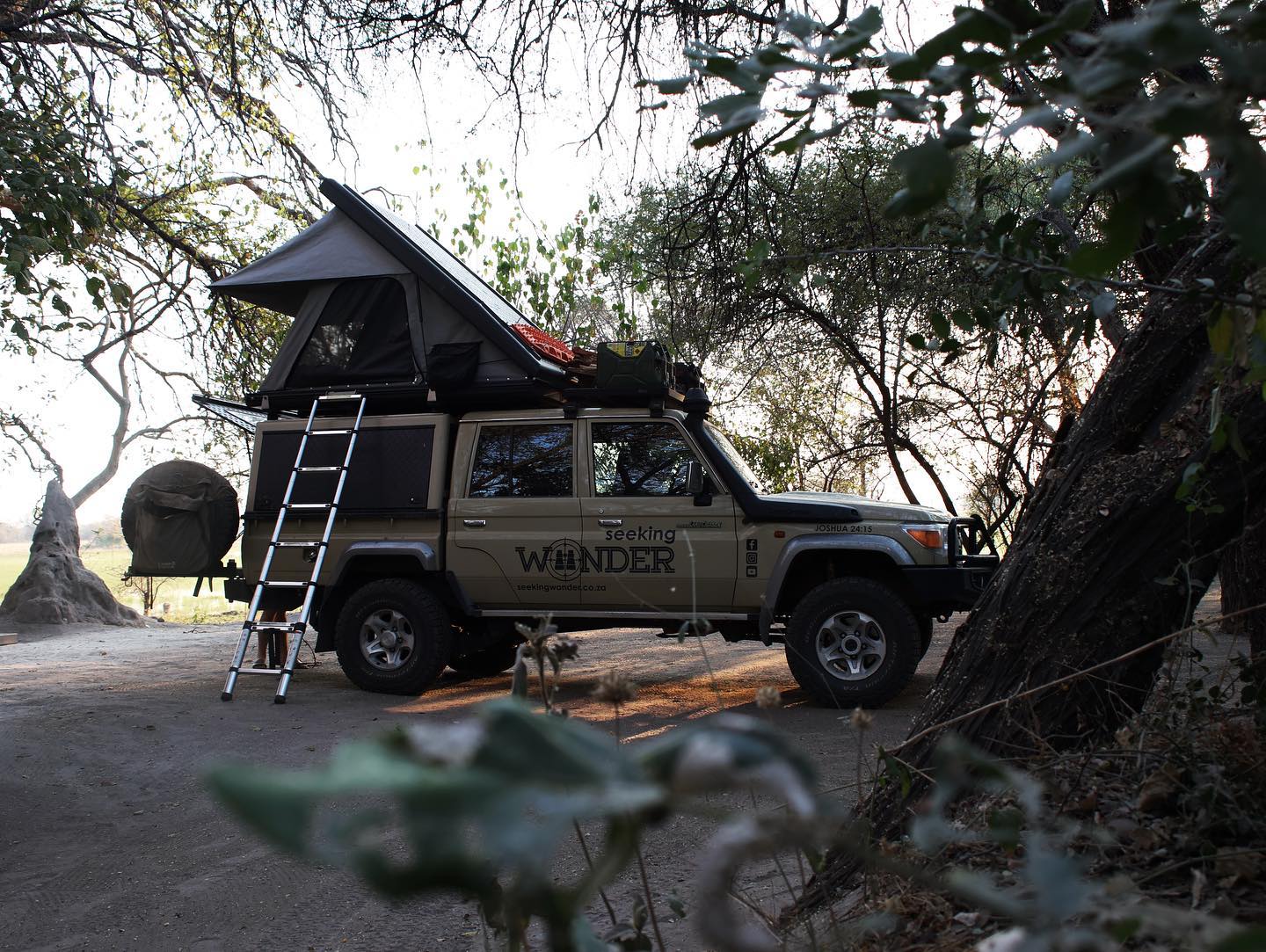
Livingstone Museum
Mr. Linus Mukwata, custodian of the Livingstone Museum next to Nkasa Rupara, had a dream almost twenty years ago to build a museum to commemorate and capture the stories told by his father and village elders of the time when David Livingstone passed through Linyanti in the 1850s. At first sight, you might think you will have to pay a large entry fee to only find a couple of old pictures and a map of Livingstone’s travels. But to our amazement, we were given a half-hour lecture by Linus himself who, with passion and precision, shares the travels and stories of David Livingstone and fellow ill-fated missionaries who travelled to the Linyanti swamps – all for only a donation of your own choice. Apart from his humble museum, Linus is also in the process of creating a 1 hectare vegetable garden for his village and has already successfully installed various bee hives to ensure the elephants do not raid the crops. It was such a privilege to meet Linus – a man with vision and a passion to make a change in this world, no matter how small.
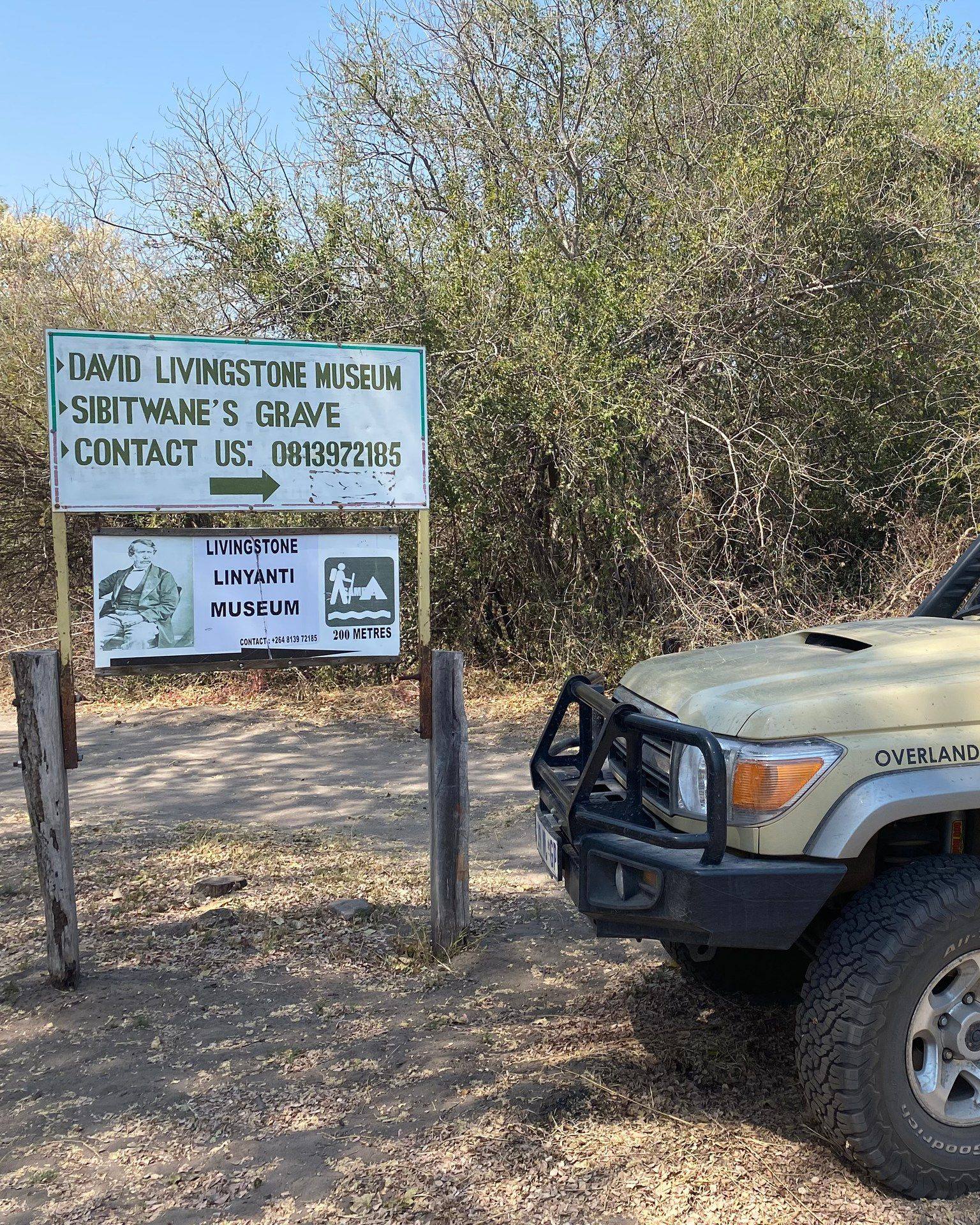
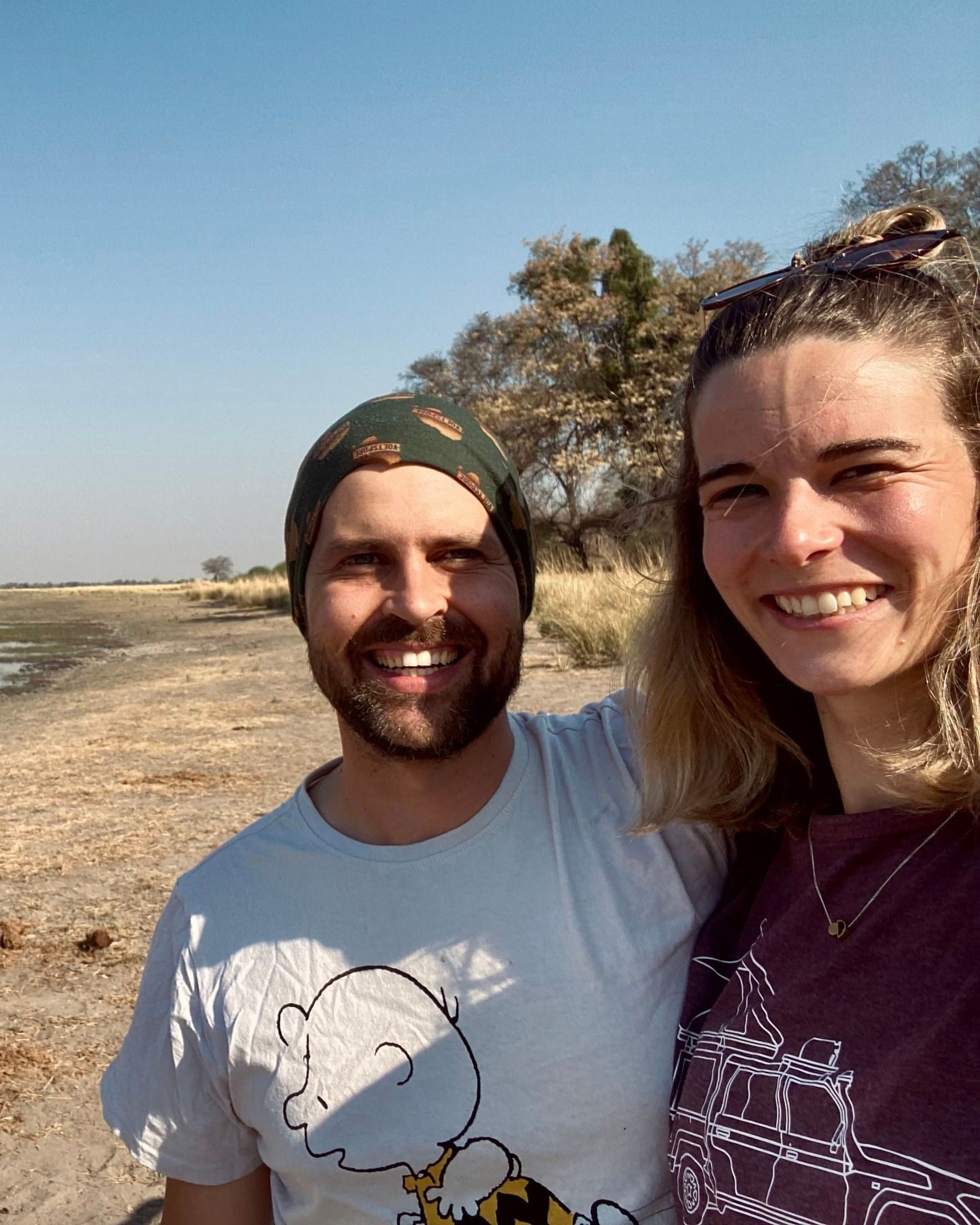
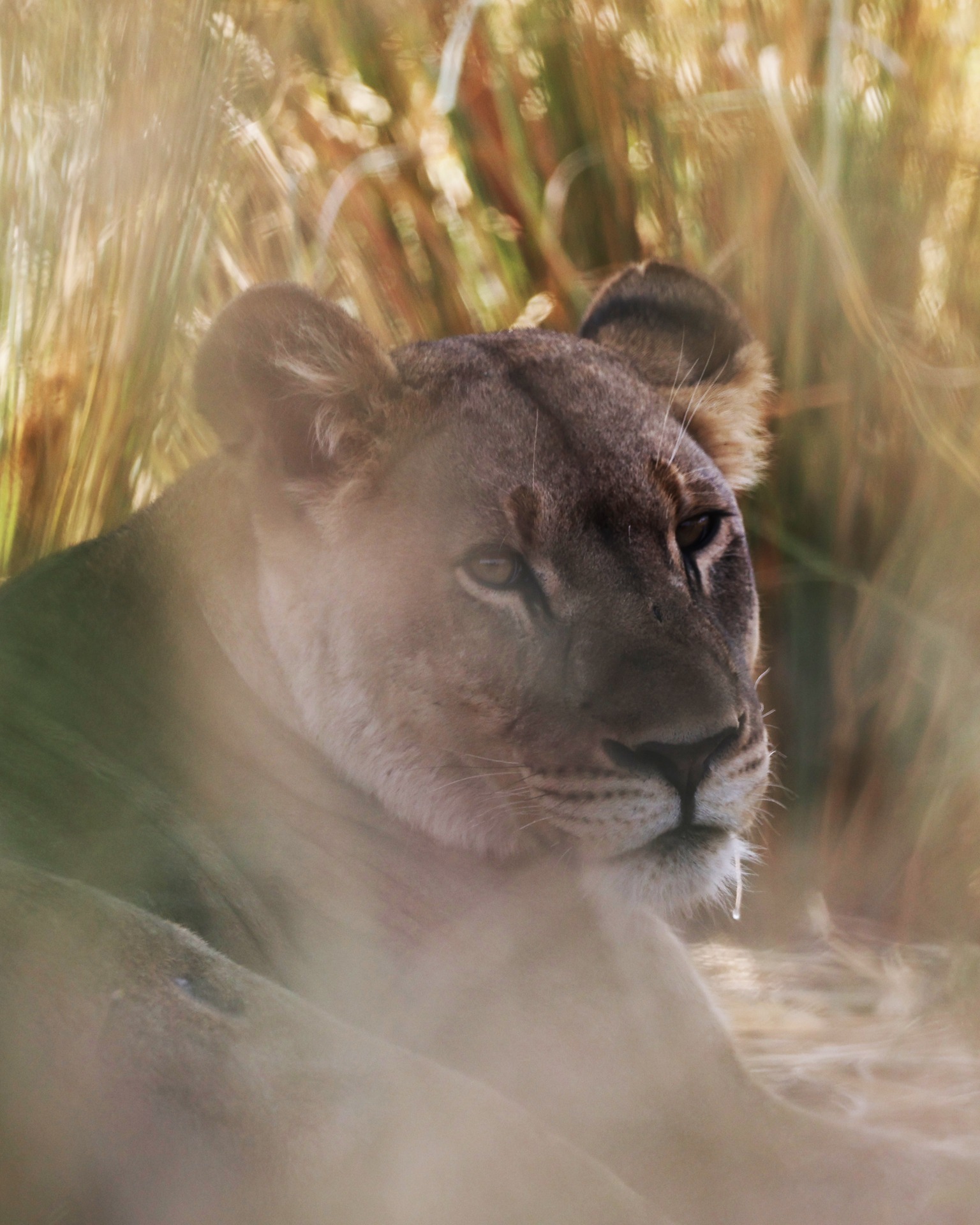
The Mighty Zambezi
There is a reason why birders flock to the Zambezi region. While based around the Katima Mulilo area we were treated to feathered friends of all shapes and sizes, including some extremely rare and vagrant birds such as the Yellow-throated Leaflove and the Rock Pratincole. Waking up every morning with pairs of Schalow’s Turacos foraging in the tree above the tent and ending an afternoon with two African Finfoots and a White-backed Heron is indeed a birding bonanza.
We also probed the waters for Nembwe – a strikingly beautiful, olive, streetwise and hard-fighting fish that loves to hang out in the Zambezi’s thickest underwater structures. Couple this with its preference also for fast-flowing water and you have a fly-fishing challenge on your hands! These magnificent fish are under threat in many parts of the Zambezi and Okavango due to illegal netting, so to catch and admire one before releasing it was indeed a moment of wonder.
Early on our last morning I was standing on a moored houseboat near Katima for a spot of fly fishing while admiring the sunrise, snorting hippos and flocks of cormorants passing over the placid waters. The Zambezi River is often described as mighty, but it can also be described as captivating, mysterious and enchanting – and so can this entire region. As I strip in the flyline, I dreamily think back over the past few days and know that we will be back for another trip through this strip one day. That is when the tigerfish viciously grabbed my fly.
